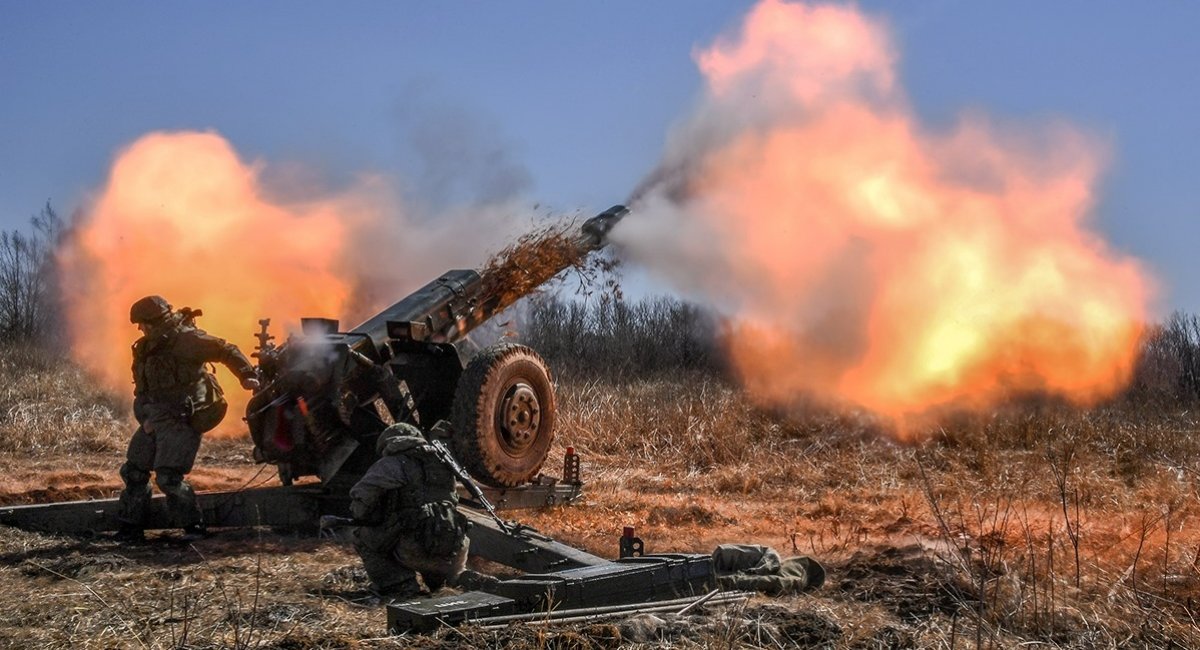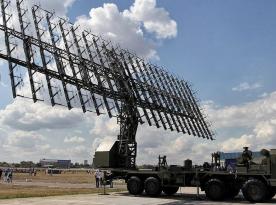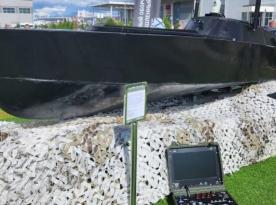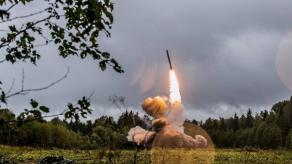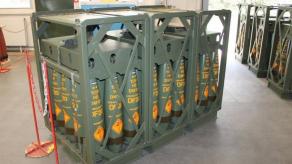A notable episode came to light through social media: a UAV operators unit together with artillerymen of the Ukrainian Armed Forces managed to detect and hit two 122mm D-30 howitzers of the russian invasion forces, despite the latter being deployed in a camouflaged dug-in shelter.
At first glance, this case seems nothing out of ordinary, since Ukrainian forces inflict such losses on a daily basis. But it could be a herald of a new trend that will reshape the frontline tactics, a starting point of a new bout between artillery and attack UAVs on the battlefield.
Read more: russian Forces Are Digging In: the 2S5 Giatsint-S Artillery System is Being Buried for Survival (Photos)
Some time ago in cooperation with Ukrainian artillery brigade we managed to find and strike Russian D-30.It took us quite a lot of resources to destroy it. We do our best and use different tools to make them burn. pic.twitter.com/VagWApXDHT — Kriegsforscher (@OSINTua) June 25, 2025
Previously, Defense Express highlighted that preparing subterranean camouflaged positions for artillery, essentially large foxholes in the ground, had been increasingly popular among the russian and Ukrainian forces alike. The primary purpose of such hides is to prevent detection and shelter them from UAV strikes.
Moreover, there is the sensitivity issue, where even minor damage to any artillery system automatically means the barrel needs to be replaced — all while barrels have become as scarce a category of supply as artillery ammunition.
This trend shift from constant changing of positions towards stationary artillery hides on the front line has become one of the factors that prompted the development of a towed version of the 2S22 Bohdana gun in Ukraine. The russians, meanwhile, dug underground shelters even for self-propelled artillery, like the tracked Giatsint-S, thus making zero use of its mobility in favor of safety.

However, this recent episode, where Ukrainian units not only found out the hidden and fortified positions of two enemy D-30 howitzers but also successfully reached them, means that drone pilots and gunners were able to develop a methodology for detecting and destroying such targets.
While still an isolated case, as far as known, this success may be scaled up going forward and shared with other allied units. This would make the russians respond and adapt their tactics. On the other hand, it is said to have taken "quite a lot of resources" so it might turn out not so easy to scale the practice. The exact method used here remains unknown, though, which is to be expected considering the potential importance of this intelligence.
Read more: Lithuania and Estonia Oppose EU Shift from U.S. Weapons — and They Might Be Right



